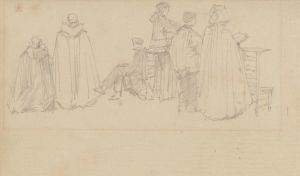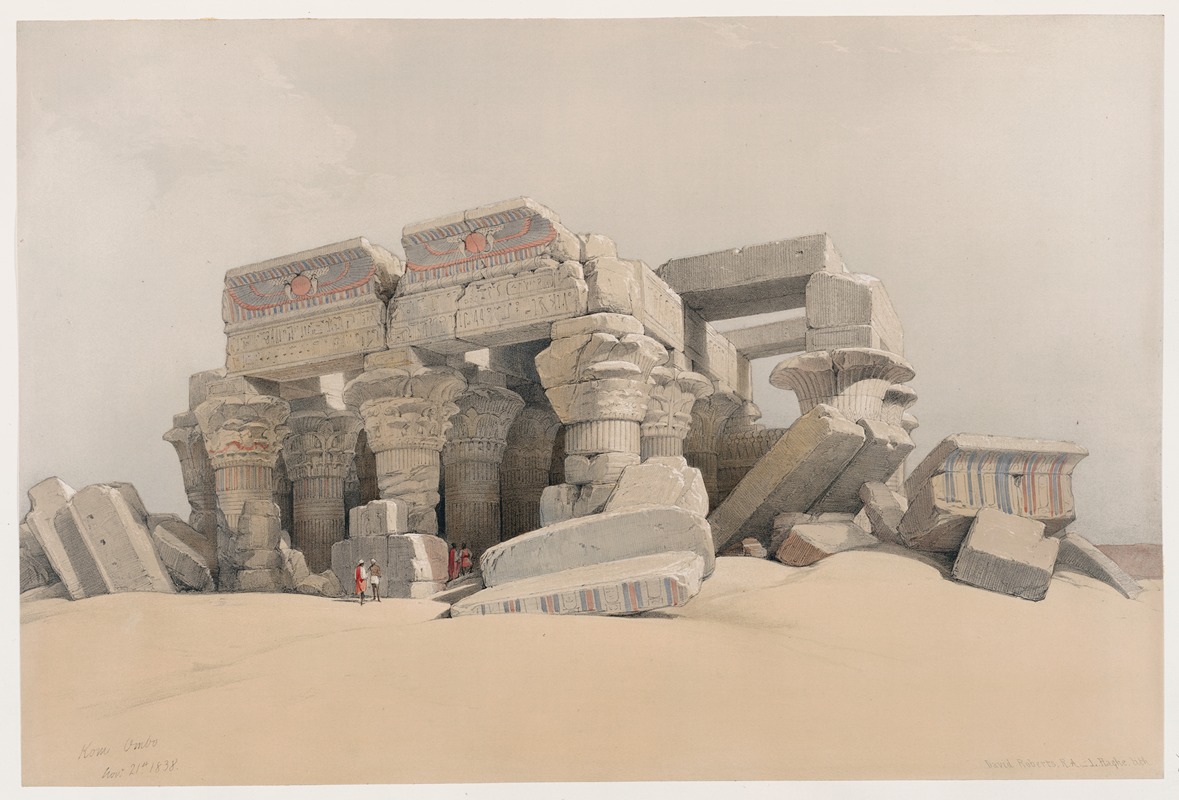
Kom Ombo. Nov. 21st, 1838.
A hand-painted replica of David Roberts’s masterpiece Kom Ombo. Nov. 21st, 1838., meticulously crafted by professional artists to capture the true essence of the original. Each piece is created with museum-quality canvas and rare mineral pigments, carefully painted by experienced artists with delicate brushstrokes and rich, layered colors to perfectly recreate the texture of the original artwork. Unlike machine-printed reproductions, this hand-painted version brings the painting to life, infused with the artist’s emotions and skill in every stroke. Whether for personal collection or home decoration, it instantly elevates the artistic atmosphere of any space.
"Kom Ombo. Nov. 21st, 1838." is a lithograph created by the Scottish artist David Roberts, based on his sketches made during his travels in Egypt in the early 19th century. David Roberts (1796–1864) was a prominent painter and lithographer known for his detailed and romanticized depictions of architectural and historical sites in the Middle East and North Africa. His works played a significant role in shaping Western perceptions of these regions during the 19th century.
This particular artwork depicts the Temple of Kom Ombo, an ancient Egyptian temple located in Upper Egypt, near the modern city of Aswan. The temple is unique in its dual dedication to two deities: Sobek, the crocodile god, and Horus the Elder, a falcon-headed god. Built during the Ptolemaic period (circa 180–47 BCE), the temple is notable for its symmetrical design, with duplicate sanctuaries, halls, and courts to honor both gods equally.
Roberts visited Egypt as part of his extensive travels in the Middle East between 1838 and 1839. During his journey, he created numerous sketches and studies of ancient monuments, landscapes, and local life. These sketches were later transformed into lithographs by Louis Haghe, a skilled Belgian lithographer, and published in the monumental series The Holy Land, Syria, Idumea, Arabia, Egypt, and Nubia between 1842 and 1849. This series, which included "Kom Ombo. Nov. 21st, 1838.," gained widespread acclaim for its artistic quality and historical significance.
The lithograph captures the grandeur of the Kom Ombo Temple, emphasizing its architectural details and the surrounding landscape. Roberts' work often combined artistic interpretation with a high degree of accuracy, making it a valuable visual record of the state of these monuments in the 19th century. His depictions of Egypt, including this piece, contributed to the growing European fascination with Egyptology during this period.
"Kom Ombo. Nov. 21st, 1838." reflects Roberts' ability to convey both the majesty and the decay of ancient structures, as many of the sites he visited were in a state of ruin. The artwork serves as a historical document, offering insights into the condition of the temple at the time of his visit, as well as the broader cultural and artistic interests of the era.
Roberts' works, including this lithograph, remain significant for their artistic merit and their role in documenting the cultural heritage of the regions he explored. They continue to be studied and appreciated by historians, art enthusiasts, and Egyptologists alike.





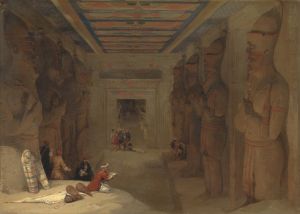
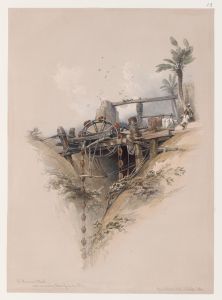
![Excavated temples of Aboosimble [Abû Sunbul], Nubia.](/imgs/217481/s/david-roberts-excavated-temples-of-aboosimble-abu-sunbul-nubia-2ca5e7e8.jpg)
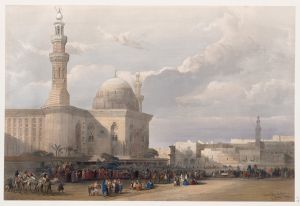
![Portico of the Temple of Edfou [Idfû], Upper Egypt. Nov. 23rd, 1838.](/imgs/217527/s/david-roberts-portico-of-the-temple-of-edfou-idfu-upper-egypt-nov-23rd-1838-79b6cf5b.jpg)
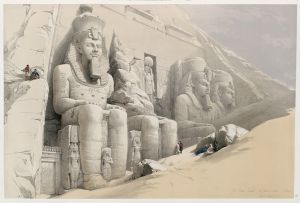


![View on the Nile looking towards the pyramids of Dashour [Dahshûr]and Saccara [Saqqârah].](/imgs/217572/s/david-roberts-view-on-the-nile-looking-towards-the-pyramids-of-dashour-dahshurand-saccara-saqqarah-6cb692fe.jpg)
